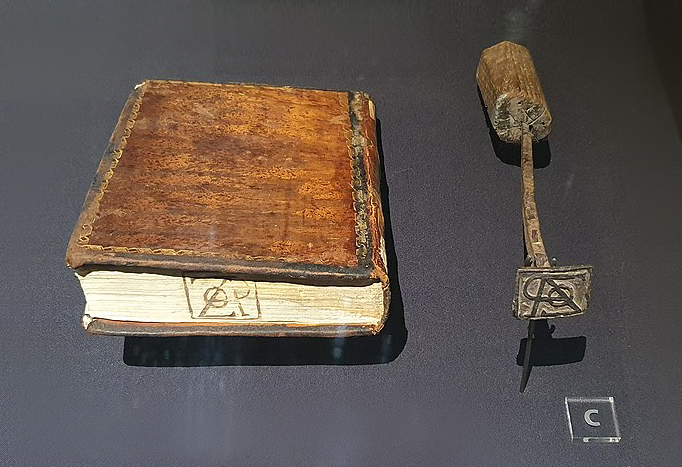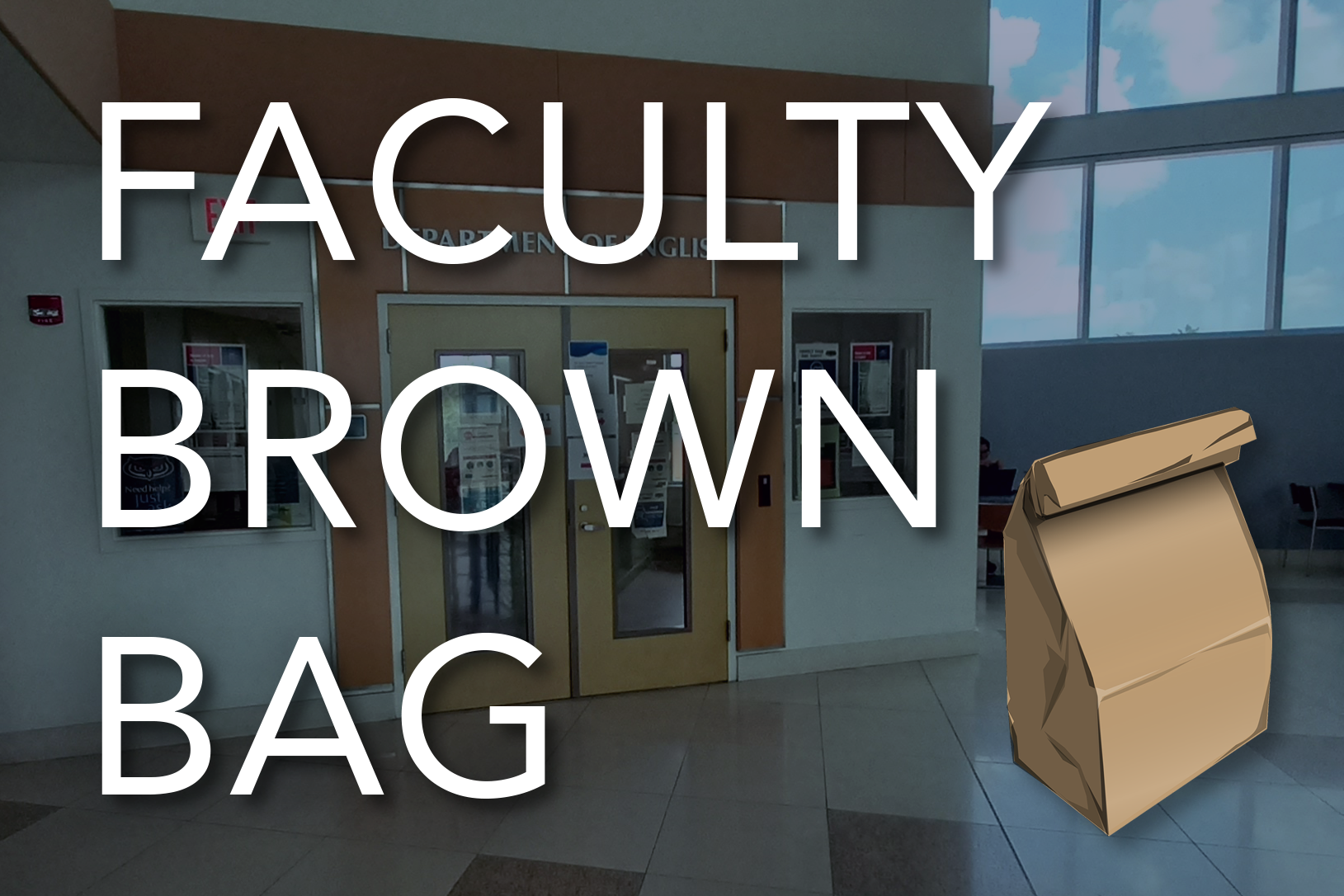Prof. David Medina's Faculty Talk, "Transformed into Paper: Branding Books and Bodies in 16th Century New Spain" on 2/26
Our next faculty Brown Bag talk features Prof. David Medina on Monday, February 26th at 11am in CU 301. Dr. Medina's talk is titled “Transformed into Paper: Branding Books and Bodies in 16th Century New Spain.”
His abstract:
Marcas de fuego, or firebrands, are epigraphic or figurative symbols that have been seared onto the bindings or foredges of using iron tools. Marcas de fuego were commonly employed by Jesuits and Franciscans during the sixteenth and seventeenth centuries. Impossible to erase, marcas de fuego were designed as the ultimate symbol of ownership. Most marcas have far outlived the organizations and orders that originally produced them. Although these firebrands were made in Guatemala, Spain, and Brazil, extant branded books suggest that this practice originated where it was most popularly employed: in sixteenth-century Mesoamerica.
Around the same time that these marcas de fuego were spreading like wildfire, a similar practice was sweeping sixteenth-century New Spain: enslaved Native bodies were being branded. In a letter written to the Council of the Indies, Vasco de Quiroga, a sixteenth-century Spanish judge and the first Bishop of Michoacan Mexico, wrote, “The Indians are marked with brands on the face and on their flesh are imprinted the initials of the names of those who are successively their owners; they pass from hand to hand, and some have three or four names, so that the faces of these men who were created in God's image have been, by our sins, transformed into paper.”
This paper argues that the branding of books, a practice that reached the peak of its popularity in early modern New Spain, must be understood in relation to the branding of Native bodies that took place during the same century. I open by firstly examining the history of marcas de fuego, the bibliographic signs and symbols that were seared onto bindings and fore-edges of books. Once a history of this practice has been outlined, I then proceed to sketch a brief history concerning the branding of Native bodies in sixteenth-century New Spain. Performing close readings of Fray Motolinia's Historia de los Indios de la Nueva España and Bishop Vasco de Quiroga's Letters to the Council of Indies, I seek to show the underlying bureaucratic impulses that necessitated and promoted the branding of books and bodies.

image: Herrete para marcar (Siglo XVIII) by Mtenaespinoza, licensed under CC BY-SA 4.0 Deed / Attribution-ShareAlike 4.0 International

image credit: brown paper bag by clikr, licensed under CC0 / public domain declaration